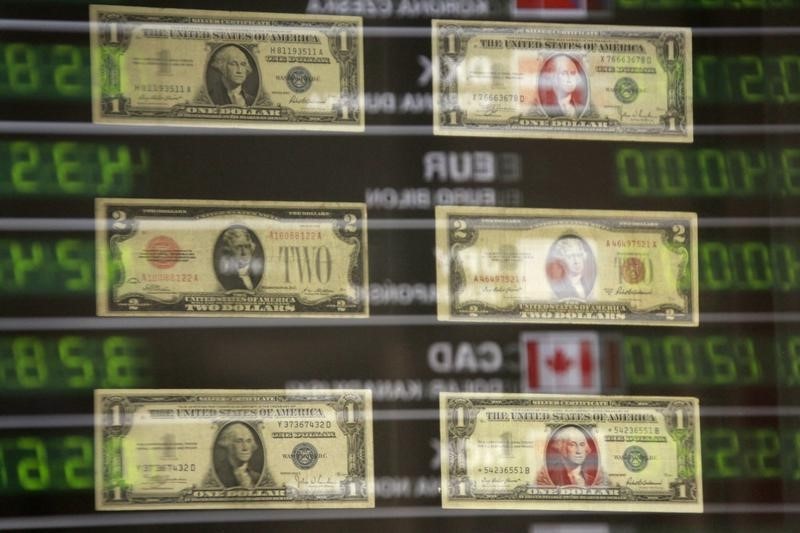* Canadian dollar at C$1.3019, or 76.81 U.S. cents
* Bond prices mixed across a flatter maturity curve
TORONTO, June 29 (Reuters) - The risk-sensitive Canadian
dollar edged higher against its U.S. counterpart on Wednesday as
global financial markets stabilized for a second straight day
following volatility triggered by Britain's vote to leave the
European Union.
European and Asian stock markets built on a recovery from
the aftermath of last week's Brexit vote as investors wagered
central banks would ultimately ride to the rescue with more
stimulus.
Oil rose as traders moved money back into markets hit by the
initial shock of Brexit, while a potential oil workers' strike
in Norway and a crisis in Venezuela's oil sector also provided
support. U.S. crude CLc1 prices were up 0.86 percent at $48.26
a barrel.
At 9:42 a.m. EDT (1342 GMT), the Canadian dollar CAD=D4
was trading at C$1.3019 to the greenback, or 76.81 U.S. cents,
slightly stronger than Tuesday's close of C$1.3035, or 76.72
U.S. cents.
The currency's strongest level of the session was C$1.2976,
while its weakest was C$1.3042.
Expectations for the next Bank of Canada interest rate hike
have been pushed back to the first quarter of 2018, according to
a Reuters poll of primary dealers, who expect Britain's vote to
leave the European Union to weigh on Canada's economy.
Overnight index swaps implied a one-in-five chance of a rate
cut this year by the central bank after pricing in no change in
policy before Brexit. BOCWATCH
Canadian government bond prices were mixed across the
maturity curve, with the two-year CA2YT=RR price down 2
Canadian cents to yield 0.512 percent and the benchmark 10-year
CA10YT=RR rising 3 Canadian cents to yield 1.079 percent.
The curve flattened as the spread between the 2-year and
10-year yields narrowed by 1.6 basis points to 56.7 basis
points, indicating outperformance for longer-dated maturities.
Canadian gross domestic product data for April is due on
Thursday. Economic growth is expected to have edged up 0.1
percent following two months of declines. ECONCA
